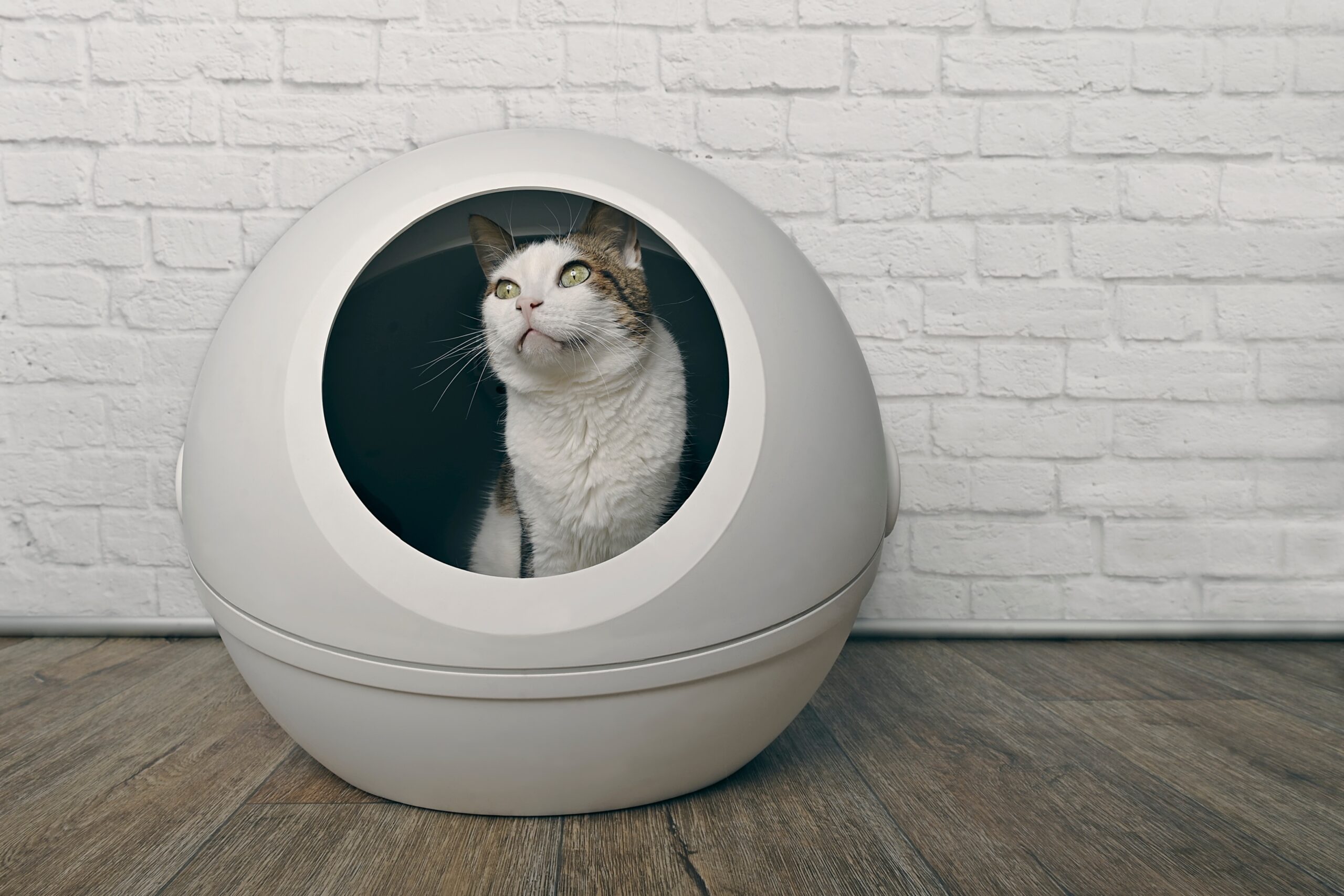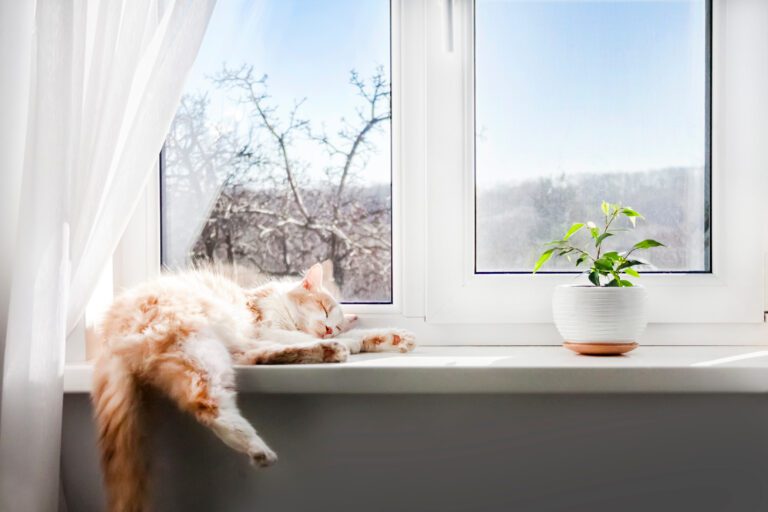A self-cleaning litter box is designed to automatically remove waste from a cat’s litter box, reducing the need for manual scooping and maintenance. The basic principle behind its operation involves detecting when a cat has used the litter box and then initiating a cleaning cycle to remove the waste.
Here’s how it generally works:
Detection
Most self-cleaning litter boxes use sensors to detect when a cat enters and leaves the box. These sensors can be motion detectors, weight sensors, or even infrared sensors. When the sensors detect that the cat has finished using the litter box, the cleaning cycle is triggered.
Delay Timer
Some models have a delay timer that gives the waste time to clump before the cleaning process begins. This helps to ensure that the waste has formed solid clumps that can be easily scooped.
Raking Mechanism
Once the delay timer has passed, the litter box’s raking mechanism activates. This mechanism consists of a motorized rake with tines that move through the litter, collecting and scooping clumps of waste. The rake moves from one end to the other, pushing clumps onto a separate waste tray or into waste receptacles.
Enjoy a 90-Day Risk-Free Trial on the Leo’s Loo Too at CasaLeoPet.com!

Waste Removal
The scooped waste is deposited into a waste compartment, which is usually located at the end of the litter box. Some models use disposable waste receptacles that can be easily replaced, while others might have a reusable tray that you need to empty and clean manually.
Litter Level Adjustment
As the rake moves through the litter, it levels the remaining litter, ensuring a fresh and even surface for the cat to use for the next time.
Maintenance & Cleaning
While a self-cleaning litter box reduces the frequency of manual scooping, it still requires regular maintenance. The waste compartment needs to be emptied and cleaned as it fills up, and the litter box itself should be periodically cleaned and refilled with fresh litter.
It’s important to note that different self-cleaning litter box models might have variations in terms of the specific mechanisms they use and their overall design. Some advanced models might also come with additional features, such as odor control systems, adjustable cleaning cycles, and compatibility with different types of litter.
While self-cleaning litter boxes can be convenient, it’s still advisable to monitor their performance and make sure they are effectively cleaning the litter box and keeping your cat’s environment hygienic.
Do you think you’re ready to jump into the future with a self-cleaning litter box? Maybe you’re just looking to take a little leap into the not-so-distant future? PrettyLitter might be right for you!
PrettyLitter™ Kitty Litter Health Monitoring Cat Litter. Lightweight, dust-free, odorless with health monitoring. Try PrettyLitter Today!






